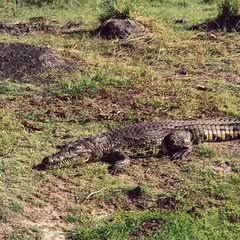
1. Saltwater crocodiles can hold their breath submerged for over 2 minutes underwater without returning for air!
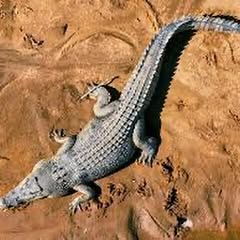
2. Crocodiles lose or go through over 3000 teeth in their lifetime.

3. Crocodiles have the strongest bite of any animal in the world. They can apply 3689 pounds or 1673.3 kilograms per square inch. Despite this, you can easily hold a crocodile’s mouth closed with your hand or even just a rubber band because crocodiles have very weak muscles used for opening their jaws.

4. Crocodiles swallow small stones to improve digestion. These stones help grind up the food in their stomachs.
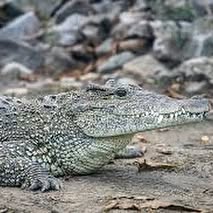
5. Larger crocodiles can go for over a year without eating a meal. Because of how efficient their digestive system is
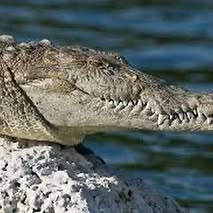
6.Most are equal on water and land, Some are better at swimming than walking.

7. Like some lizards, juvenile alligators have the ability to regrow parts of their tail. They can grow up to nine inches of tail length as juveniles.

8.Caimans range from being larger or smaller than most alligators, but the black caiman is larger all alligators reaching on average 16 to 20 ft in length.

9. Alligators have been seen placing sticks or other materials that are typically used for bird nesting on theirhead while staying still. This is likely to set a trap. When the bird comes to get the nesting material oblivious to the alligator underneath, they become the alligator’s next meal.
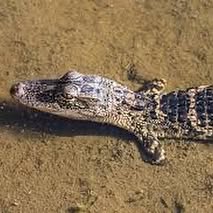
10.Many alligators have white or yellow stripes as juveniles but these stripes do not stay when the animal becomes an adult. The black caiman however, keeps its stripes well into its adult life. This causes population loss for this species since they are more easily spotted by predators.